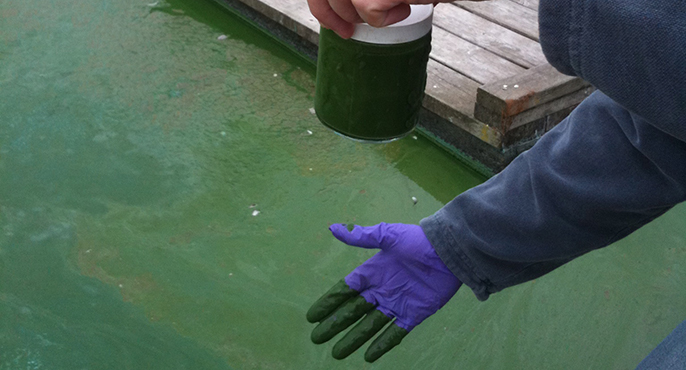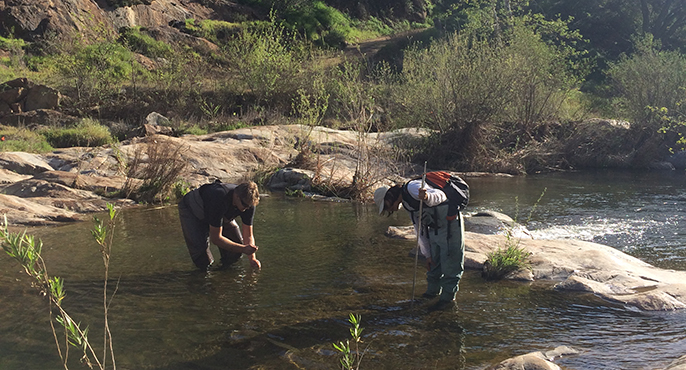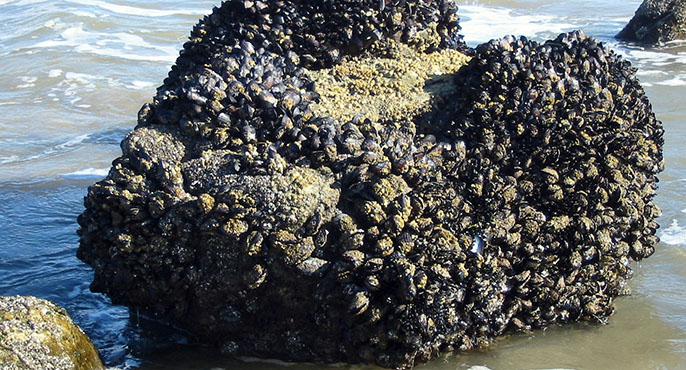![]() Eutrophication, or the accelerated accumulation of organic matter from overgrowth of aquatic plants, algae and bacteria, is an ecologically disruptive phenomenon that can impair water quality and, in some cases, harm animals and humans. One of the principal drivers of eutrophication is excess nutrient sources, which are introduced to water bodies by a diffuse array of human activities. Unlike other environmental factors that drive aquatic blooms, nutrients are within the direct purview of the water-quality management community to manage and control.
Eutrophication, or the accelerated accumulation of organic matter from overgrowth of aquatic plants, algae and bacteria, is an ecologically disruptive phenomenon that can impair water quality and, in some cases, harm animals and humans. One of the principal drivers of eutrophication is excess nutrient sources, which are introduced to water bodies by a diffuse array of human activities. Unlike other environmental factors that drive aquatic blooms, nutrients are within the direct purview of the water-quality management community to manage and control.
SCCWRP is part of a community of researchers working to define how much nutrients in a given water body is too much, and how nutrients combine with other environmental factors to trigger eutrophication. SCCWRP recognizes that California water-quality managers need consistent, science-based approaches for reducing nutrient levels across freshwater and marine environments. Over the long term, SCCWRP’s goal is to develop comprehensive eutrophication management strategies, including the ability to pinpoint when and where eutrophication is likely to occur.

Managing excess nutrient supplies
In population-dense California, nutrients – especially nitrogen and phosphorous – enter aquatic environments from a variety of sources, from urban and agricultural runoff to wastewater effluent discharges to atmospheric deposition. These excess nutrient levels can trigger sudden, rapid blooms of plants, bacteria and algae, including harmful algal blooms (HABs). The blooms, in turn, can lower dissolved oxygen levels, reduce light penetration, degrade aesthetic condition and produce nuisance odors. Some HABs and cyanobacterial HABs (cyanoHABs) also produce toxins that can be lethal to animals that are exposed to contaminated water, from birds to sea otters to domestic dogs.
Nutrient management is at the heart of SCCWRP’s multi-pronged research program to understand how to effectively combat eutrophication’s ecologically disruptive impacts. Although multiple environmental factors work synergistically to drive HABs and other eutrophic blooms, California’s water-quality management community is largely focused on nutrient management. In recent years, researchers have established a scientific foundation for developing management programs and policies focused around more prescriptive nutrient controls. SCCWRP science has helped inform:
- The State Water Resources Control Board’s anticipated biointegrity and biostimulatory policy, which will govern the condition of wadeable streams statewide by restricting nutrient loading and protecting the health of in-stream biological communities; comparable regional policies in California also are in various stages of development.
- A draft nutrient management framework for San Francisco Bay’s estuary environments, which is intended to guide managers in assessing risk of eutrophication and setting science-informed nutrient loading targets. Researchers’ long-term goal is to replicate this water body-specific framework elsewhere.
- Restoration planning options for multiple Southern California estuaries, all of which have been based on nutrient load allocation modeling that quantifies the benefits of placing more stringent caps on nutrient levels.
- California’s freshwater HABs management framework, which has provided a roadmap for water-quality managers to implement a coordinated, statewide HABs monitoring and mitigation strategy.

Understanding other drivers of eutrophication
While nutrient management is an essential strategy for combatting eutrophication, aquatic bloom events can be accelerated by a number of factors – both natural and human-induced – including habitat degradation, hydromodification and excessive sedimentation. Global climate change also is creating environmental conditions that are increasingly hospitable to disruptive aquatic blooms. SCCWRP is working to disentangle these factors, so that managers can design optimal, science-informed solutions for mitigating ecosystem damage and protecting human health.

